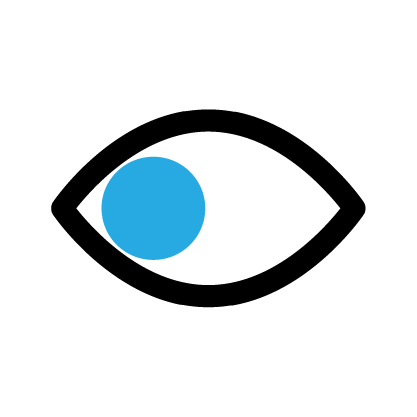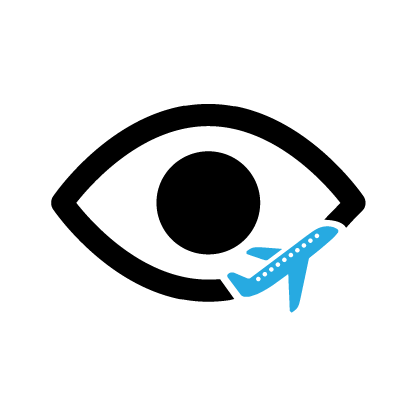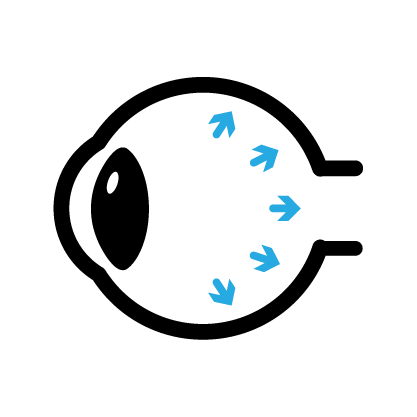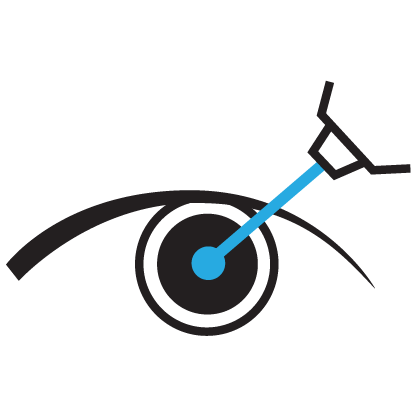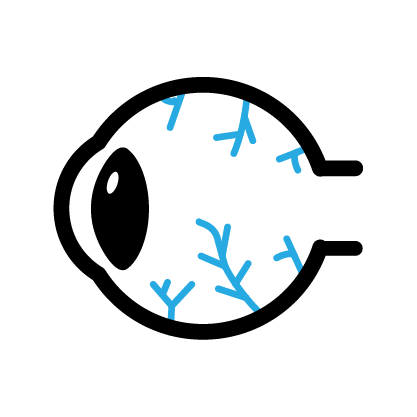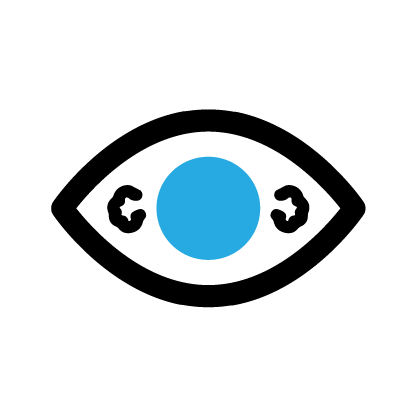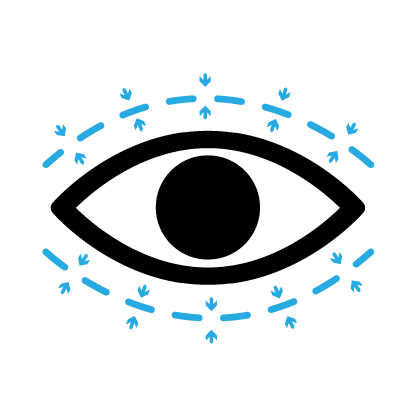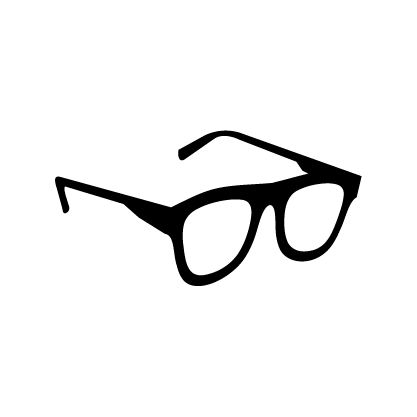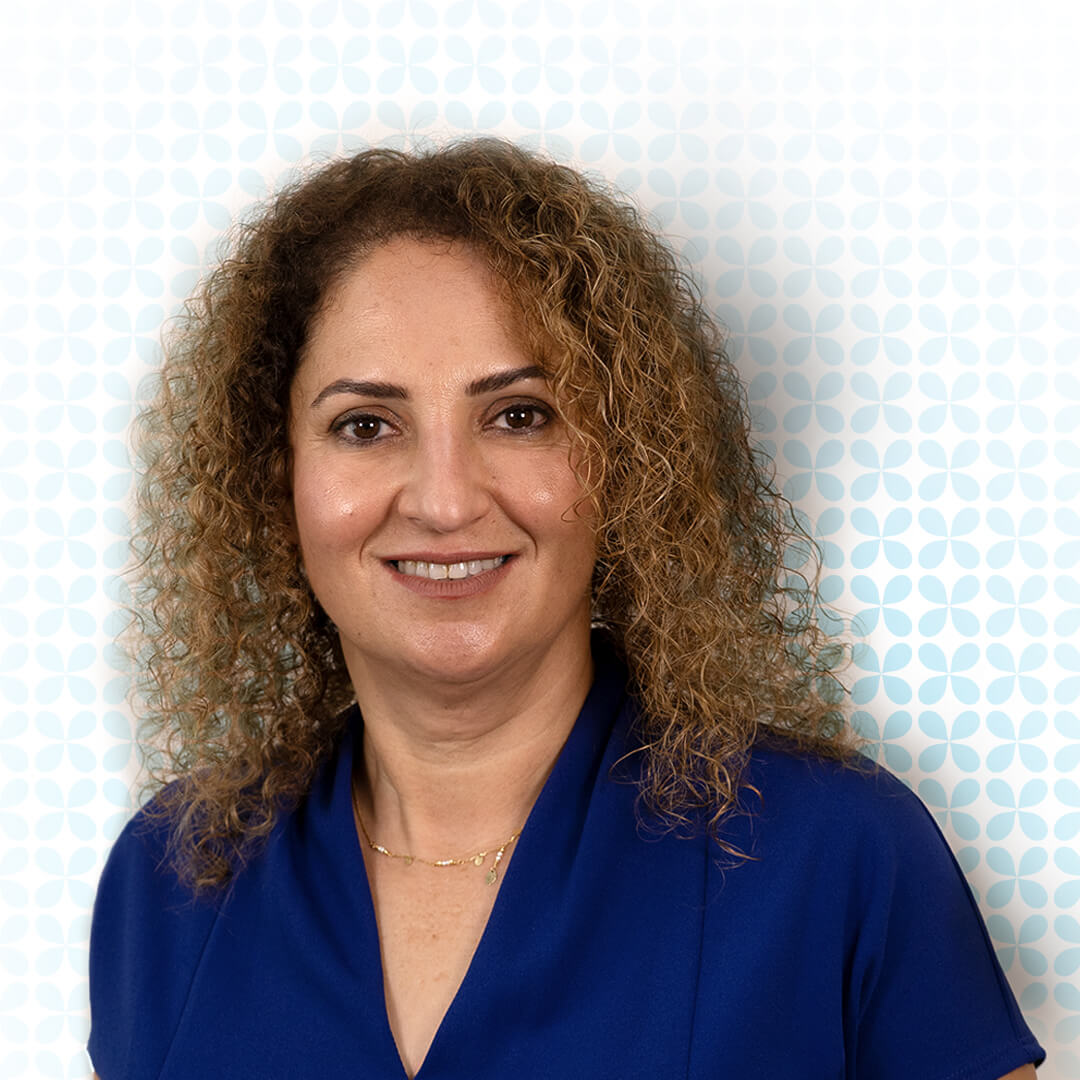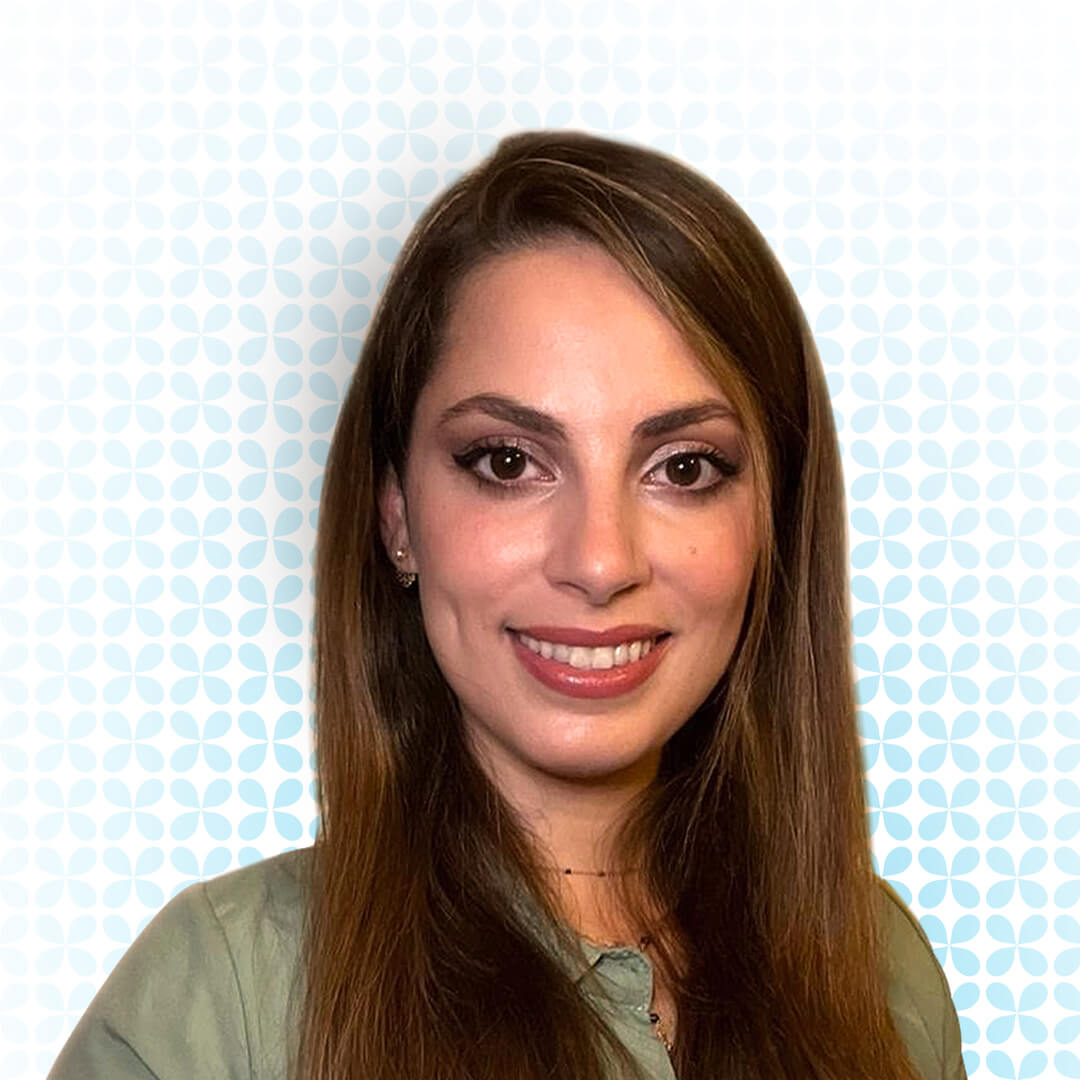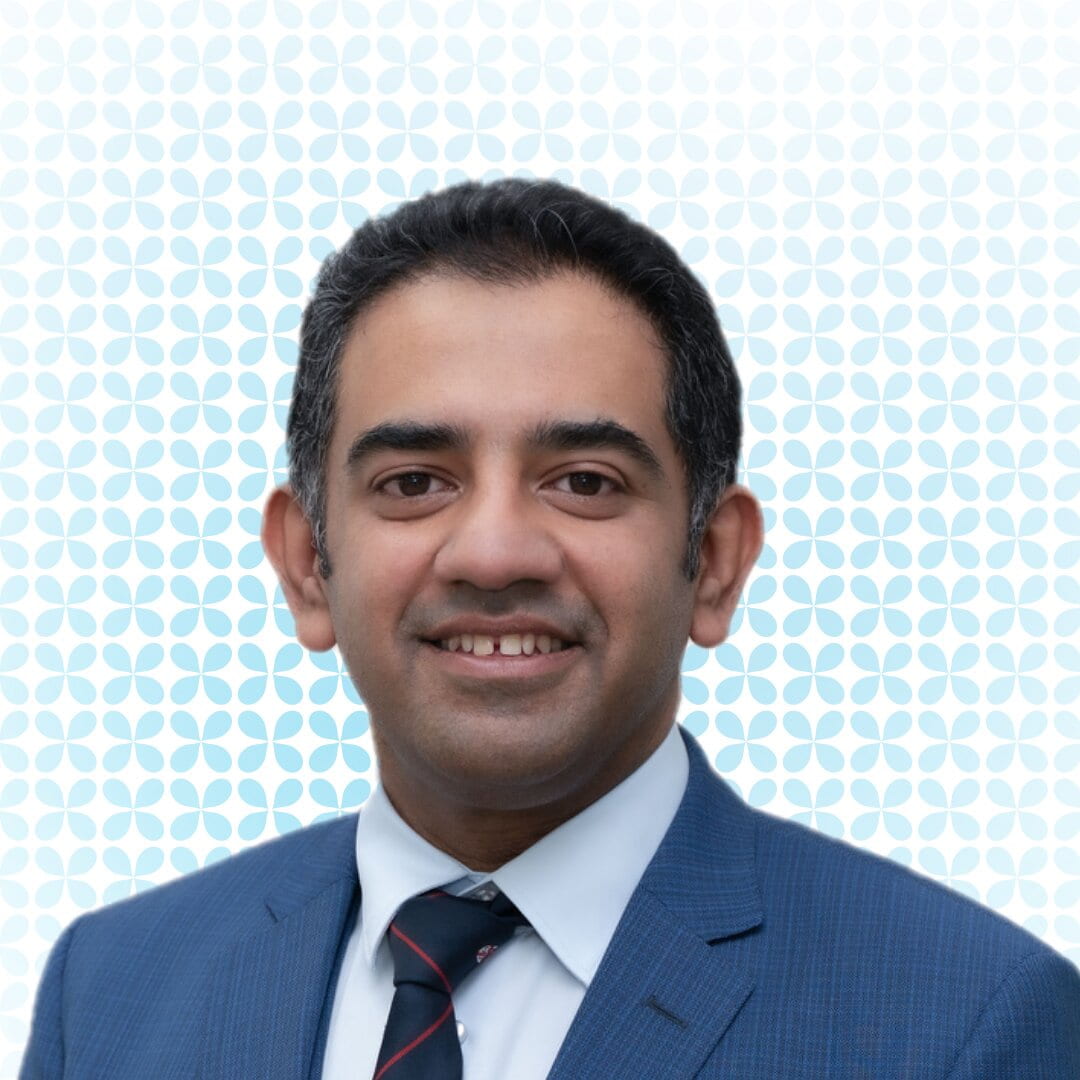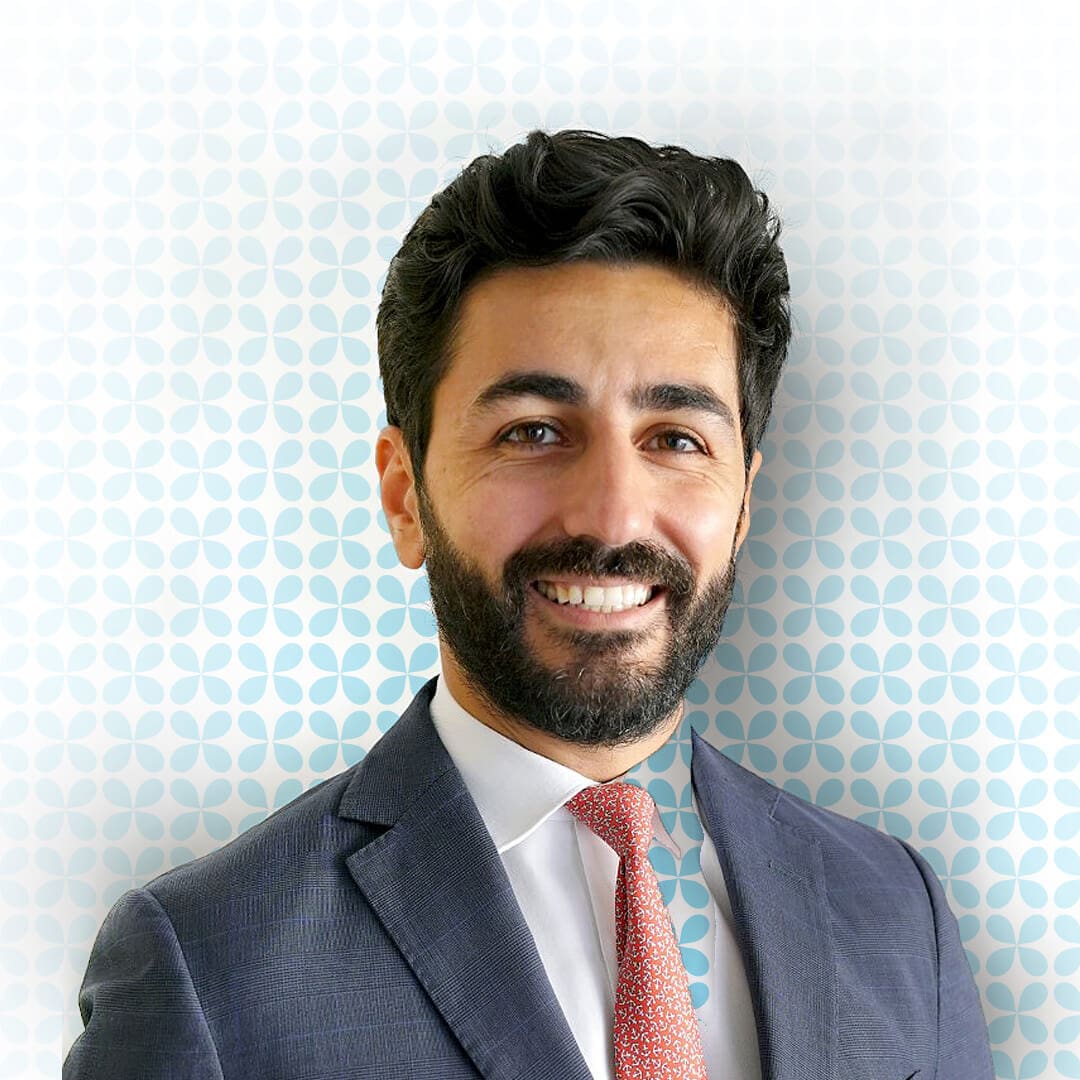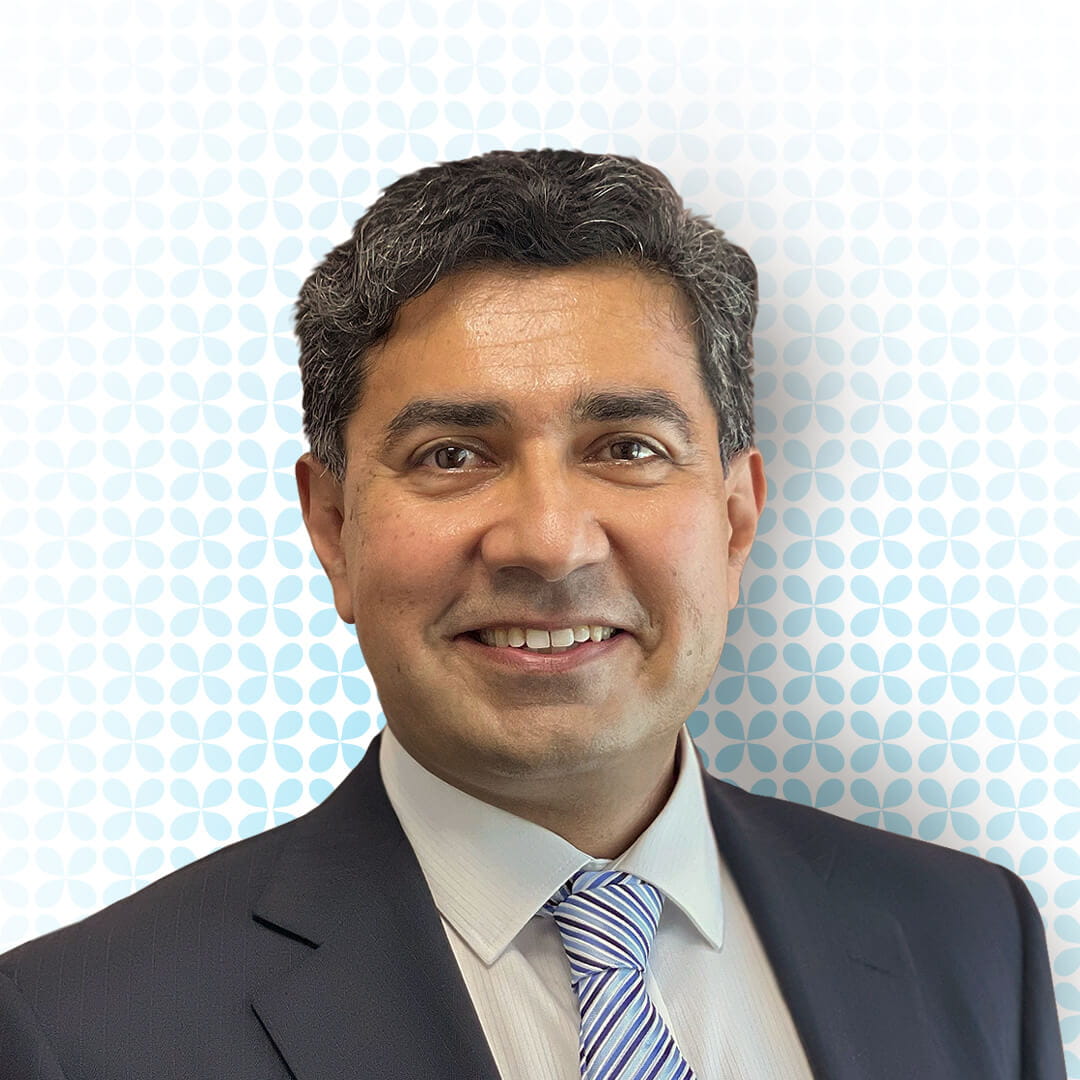About Squint (Strabismus)
A squint, medically known as strabismus, is a condition where the eyes are misaligned and do not look in the same direction. One eye may turn inwards, outwards, upwards, or downwards while the other remains focused. This misalignment affects both children and adults, though its causes and implications may differ depending on age.
In children, a squint often develops due to an imbalance in the muscles controlling the eyes, leading to poor coordination between them. If left untreated, it can cause amblyopia, or “lazy eye,” where the brain begins to favour one eye, potentially impairing vision in the affected eye. Early detection, including glasses, eye patches, or surgery, is crucial for successful treatment.
In adults, strabismus can arise from trauma, neurological conditions, or illnesses like stroke or diabetes. It may cause double vision, headaches, or eye strain, affecting daily activities and quality of life. Treatment options include corrective lenses, vision therapy, or surgery, depending on the underlying cause.
Effective management of squint is vital for improving visual function and overall eye health in children and adults.
At Moorfields Eye Hospitals UAE, our highly qualified adult and paediatric squint surgeons have extensive experience diagnosing and treating all forms of squint.
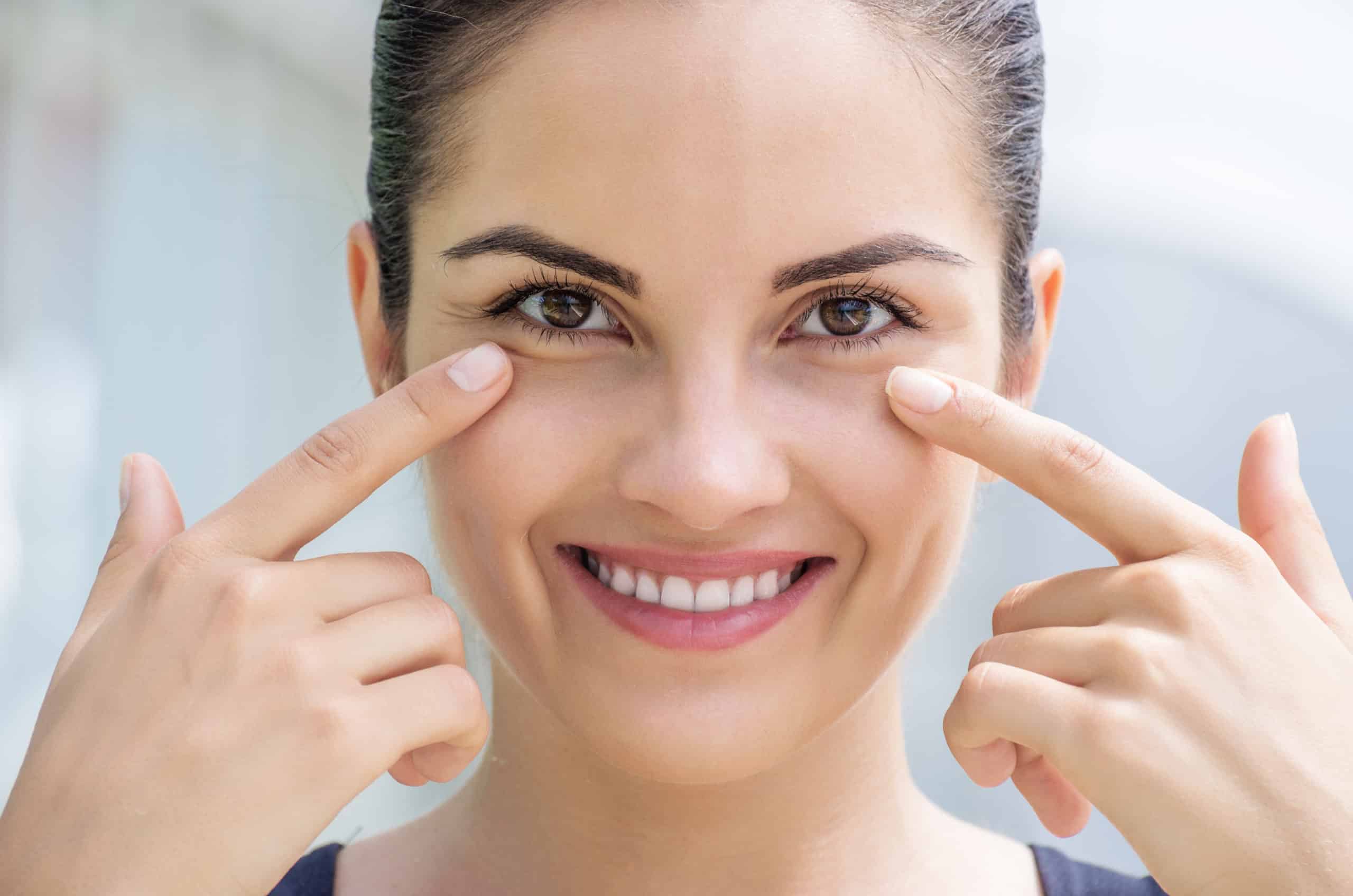
Comprehensive Assessments
We offer a comprehensive range of eye care assessments, diagnostics, surgical and non-surgical treatment services. Assessment services: (evaluation examinations may differ depending on outcome of consultation) (expandable links below)
- General Health Assessment
- Optometry assessment
- Orthoptic assessment
- Consultation with Ophthalmology Consultant
Conditions & Treatment
Adult Squint (Strabismus)
Adult squint, or strabismus, occurs when the eyes do not align properly. Although often associated with children, it affects about 4% of adults and can be caused by a range of factors.
In adults with a squint, one eye looks straight while the other may drift inwards, outwards, upwards, or downwards, leading to symptoms such as double vision, eye strain, headaches, reduced depth perception, and blurred vision. The visible misalignment can also impact social interactions and self-confidence.
Early diagnosis and treatment of adult squint can significantly improve vision and quality of life. At Moorfields Eye Hospitals Dubai and Abu Dhabi, our expert team uses advanced techniques to effectively diagnose and treat adult squint.
Adult Squint (Strabismus)
Adult squint, or strabismus, occurs when the eyes do not align properly. Although often associated with children, it affects about 4% of adults and can be caused by a range of factors.
In adults with a squint, one eye looks straight while the other may drift inwards, outwards, upwards, or downwards, leading to symptoms such as double vision, eye strain, headaches, reduced depth perception, and blurred vision. The visible misalignment can also impact social interactions and self-confidence.
Early diagnosis and treatment of adult squint can significantly improve vision and quality of life. At Moorfields Eye Hospitals Dubai and Abu Dhabi, our expert team uses advanced techniques to effectively diagnose and treat adult squint.
Paediatric Squint
About Paediatric Squint (Strabismus)
Squint is a term used within ophthalmology for a misalignment between the two eyes. The medical term for this is ‘strabismus’. While one eye looks straight, a person can have one eye that turns inwards (esotropia), outwards (exotropia), upwards (hypertropia) or downwards (hypotropia). A child may be born with squint or it may be something that develops with age. Squints can appear suddenly or develop slowly, they can be constant or may only be present intermittently.
Paediatric Squint
About Paediatric Squint (Strabismus)
Squint is a term used within ophthalmology for a misalignment between the two eyes. The medical term for this is ‘strabismus’. While one eye looks straight, a person can have one eye that turns inwards (esotropia), outwards (exotropia), upwards (hypertropia) or downwards (hypotropia). A child may be born with squint or it may be something that develops with age. Squints can appear suddenly or develop slowly, they can be constant or may only be present intermittently.
Request an Appointment

